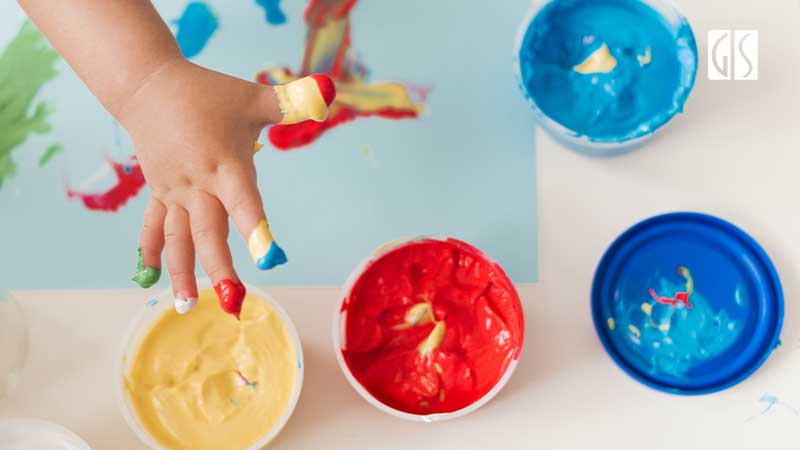The European Committee for Standardization (Comité Européen de Normalisation, CEN) publishes latest version of finger paint standard – EN 71-7:2025.
On 29 October 2025, CEN issued EN 71-7:2025 Safety of toys - Part 7: Finger paints - Requirements and test methods. In the new standard, more requirements are added and test methods are revised. The standard will be given the status of a national standard at the latest by April 2026, and the conflicting national standards will be withdrawn at the latest by October 2026.
It is expected to be harmonized under Directive 2009/48/EC on toy safety upon official acceptance by the European Commission and publication in the Official Journal of the EU (OJEU).
Key changes are blow:
|
Section to EN 71-7:2025 |
Highlights |
|
3 ‘Terms and definitions’ |
Introduces several new terms and their definitions, including ‘Booster substance’: a substance used for increasing the efficacy of preservatives |
|
4.6 ‘pH value’ |
Revised test method for pH value from EN ISO 787-9 (performed on finger paints diluted with water to mass fraction of 5%-10%) to be EN ISO 19396-1:2025 (performed on undiluted finger paints). |
|
4.9 ‘Booster substances’ |
Added requirements for booster substances (used for increasing the efficacy of preservatives): Only booster substances (in combination with preservatives) which are not fulfilling the hazard criteria in Clause 4.1 (except for H302, H315, H318, H319, H332, H335) shall be used in finger paints. |
|
Annex A ‘Non-exhaustive list of colorants which are used in finger paints, and need to be in compliance with both general and specific purity requirements’ |
Modifies informative section |
|
Annex B ‘List of preservatives allowed for use in finger paints’ |
Revises and separates Table B.1 ‘Preservatives’ into two tables:
|
|
Annex C ‘Ingredients used in the manufacturing of finger paints’ |
Introduces three examples of booster substances |
Note:
- Hazard statements:
H302 - Harmful if swallowed
H315 - Causes skin irritation
H318 - Causes serious eye damage
H319 - Causes serious eye irritation
H332 - Harmful if inhaled
H335 - May cause respiratory irritation - In accordance with current knowledge, examples of booster substances used:
Ethylhexylglycerin, phenethyl alcohol, caprylyl glycol
The standard EN 71-7:2025 has laid down the ingredient and labelling requirements for finger paints. Finger paints are aqueous semi-solid or liquid, coloured mixture specially designed for children to apply directly to suitable surfaces with the fingers and hands. In the case of powdered finger paints, where water needs to be added before use, the requirements of this document apply to the finger paint prepared according to the instructions for use.
Read more:
An EU toy testing discussion wouldn’t be complete without mention of the EN 71 series of Standards on Safety of Toys and finger paint testing is no exception. Of the 14 parts the Standard is comprised of, eight are applicable to finger paints, those being:
- Part 1: Mechanical and physical properties (EN 71-1:2014 + A1:2018)
- Part 2: Flammability (EN 71-2:2020+A1:2025)
- Part 3: Migration of certain elements (EN 71-3:2019 and EN 71-3:2019+A1:2021)
- Part 7: Finger paints - Requirements and test methods (EN 71-7:2014+A3:2020)
- Part 9: Organic chemical compounds – Requirements (EN 71-9:2005+A1:2007)
- Part 10: Organic chemical compounds - Sample preparation and extraction (EN 71-10:2005)
- Part 11: Organic chemical compounds - Methods of analysis (EN 71-11:2005)
- Part 12: N-nitrosamines and N-nitrosatable substances (EN 71-12:2016)


